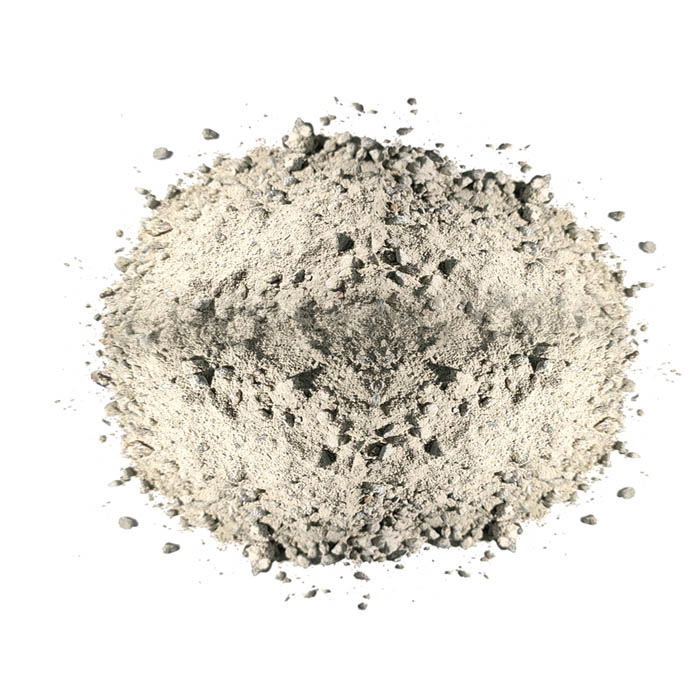Dec . 04, 2024 06:59 Back to list
Refractory Materials in China's Nuclear Sector Innovations and Applications
Refractory Materials in the Nuclear Industry China's Advancements
China's nuclear industry has seen significant growth over the past few decades, becoming one of the world's leaders in nuclear energy production. A critical component of this industry is the use of refractory materials. These specialized materials are essential for the safe and efficient operation of nuclear reactors, owing to their ability to withstand extreme temperatures and corrosive environments. This article aims to explore the advancements in refractory materials within China's nuclear sector, focusing on their properties, applications, and the ongoing research that supports their development.
Importance of Refractory Materials
Refractory materials are defined as substances that can retain their strength and structural integrity at high temperatures, typically above 1000°C. In the context of nuclear reactors, refractory materials play a vital role in various components, including reactor cores, containment structures, and thermal insulation systems. They facilitate the safe management of high-temperature processes, prevent the escape of radioactive materials, and improve the overall efficiency of nuclear operations.
In China, the demand for exceptional refractory materials in the nuclear sector is growing in tandem with the increasing number of reactors being built and operated. The country's focus on developing advanced nuclear technologies necessitates the continuous improvement of materials that can withstand the harsh conditions present in nuclear environments.
Advancements in Material Technology
Recent advancements in refractory material technology have led to the exploration and development of several innovative compositions. Traditional refractory materials, such as alumina and silica, are being modified with the addition of various oxides and carbides to enhance their performance. For instance, the incorporation of ZrO2 (zirconia) and TiC (titanium carbide) has proven beneficial in increasing thermal stability and corrosion resistance.
China is also investing in research to develop nano-reinforced refractory materials. The utilization of nanotechnology allows for improved mechanical properties and thermal resistance, which are crucial for the demanding conditions seen in nuclear applications. These new materials are designed to minimize thermal shock and extend service life, significantly benefiting nuclear plant operations.
china refractory materials in nuclear industry

Applications in Nuclear Reactors
Within nuclear reactors, refractory materials are used in critical applications, such as in the construction of fissile material containment structures and thermal barriers. High-temperature gas-cooled reactors (HTGR) and molten salt reactors (MSR) represent two promising advancements in nuclear technology, both of which require specialized refractory materials to cope with elevated operating temperatures and challenging chemical environments.
In HTGRs, for example, refractory materials are employed to fabricate fuel compacts and structural components capable of enduring temperatures exceeding 1000°C. Similarly, MSRs utilize refractory materials to contain and insulate the molten salt mix, which operates at high temperatures and poses challenges due to its corrosive nature. Thus, the continuous development of superior refractory materials is crucial for advancing these types of reactors.
Future Prospects and Challenges
Despite the progress made in the field of refractory materials, challenges remain. The nuclear industry demands materials that not only exhibit high thermal stability but also need to be lightweight and economical. Additionally, concerns over the long-term performance of these materials under radiation exposure require ongoing research and testing.
China is committed to overcoming these challenges through collaborative efforts between universities, research institutes, and the nuclear industry. Government support and investment in material science will be pivotal in fostering innovation and sustaining growth in the nuclear sector.
Conclusion
Refractory materials play an indispensable role in the nuclear industry, particularly in China's ambitious energy framework. As the country continues to expand its nuclear capabilities, the development of advanced refractory materials is integral to enhancing safety, efficiency, and the overall sustainability of nuclear technology. With ongoing research and innovation, China's position as a leader in this field is likely to continue to strengthen, paving the way for a more robust nuclear energy landscape.
-
Eco-Friendly Granule Covering Agent | Dust & Caking Control
NewsAug.06,2025
-
Fe-C Composite Pellets for BOF: High-Efficiency & Cost-Saving
NewsAug.05,2025
-
Premium Tundish Covering Agents Exporters | High Purity
NewsAug.04,2025
-
Fe-C Composite Pellets for BOF | Efficient & Economical
NewsAug.03,2025
-
Top Tundish Covering Agent Exporters | Premium Quality Solutions
NewsAug.02,2025
-
First Bauxite Exporters | AI-Optimized Supply
NewsAug.01,2025
